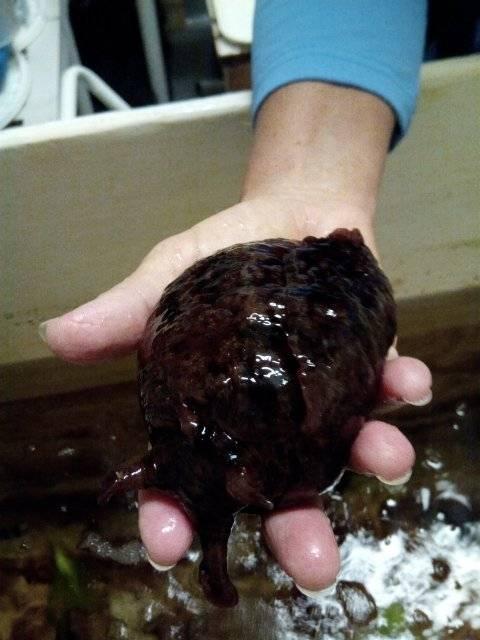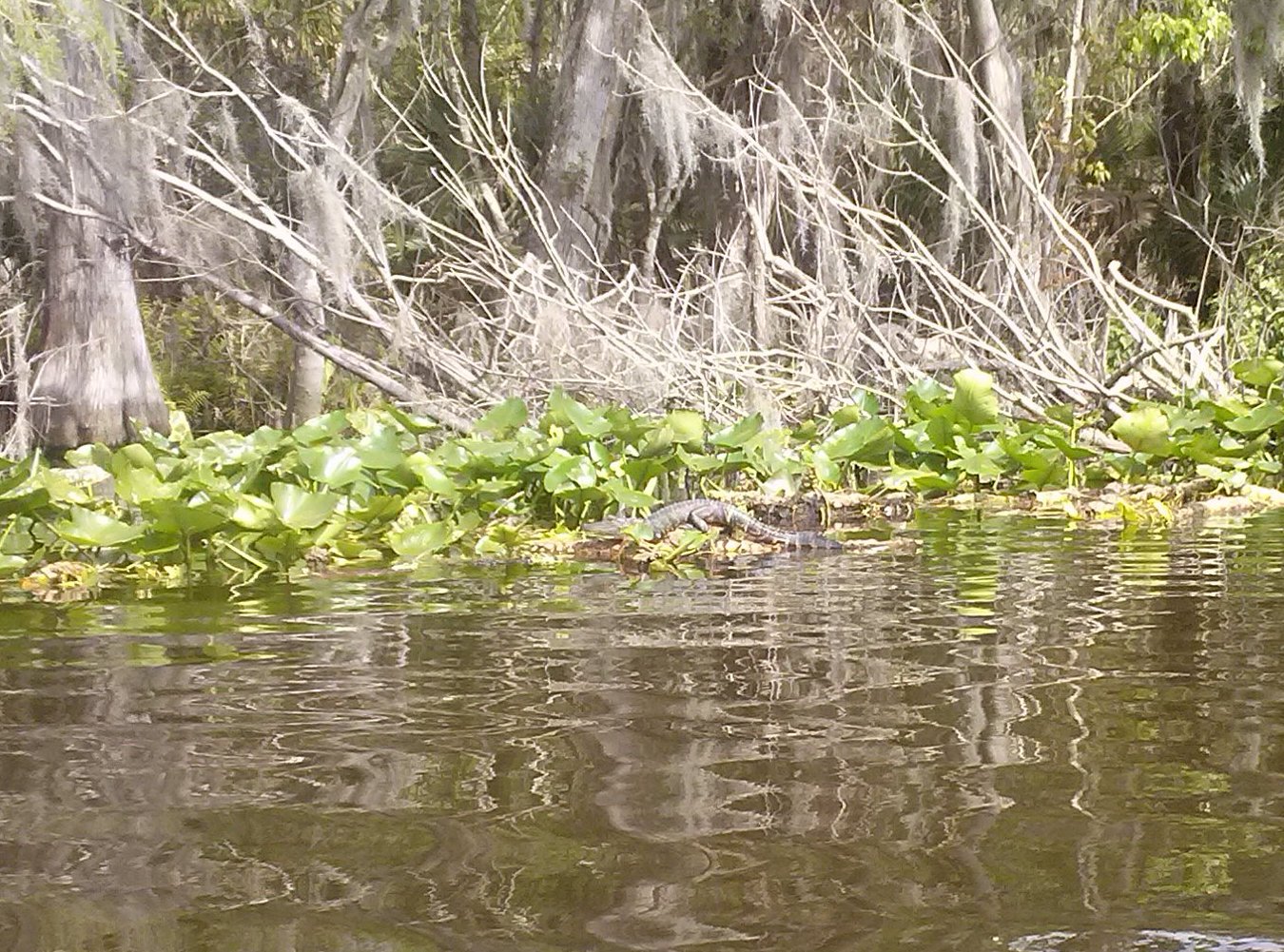Big brained sea slugs
Oceans presents countless opportunities for learning about new biological mechanisms, another reason we must strive to preserve them. The vast diversity of these organisms, that must survive in the harshest of conditions, means that the evolutionary time scales are very different between them. This is particularly relevant for understanding the origins of how sophisticated mechanisms like brains and immune systems developed.
Some marine animals (like octopi) have no brain, while others have simple central neural systems. Taken together, the phylogenetic relations between these animals can be interepreted as a timeline of brain and motoric function development. Along the way, we might learn a thing or two on how we developed as well.
In collaboration with The Whitney Laboratory for Marine Biosciences and University of Florida, we investigated the neurons in a sea slug, Aplysia californica, an animal indigenous to the US West coast.
What makes this organism interesting are its few (only two!), but large neurons. The measure about 1 mm in size and are found and also secrete mucus. This makes them very amenable to practical manipulation in the lab; beyond studying morphology, our colleagues, lead by prof. Leonid L. Moroz went a step further and phyisically separated the nuclei from the cytoplasm, with the hope of revealing differences in their gene expression programs which determine function.
The findings were presented by yours truly at the annual AGBT 2020 meeting in Marco Island, FL, one of the large biotechnology forums and will eventually appear in published print.



